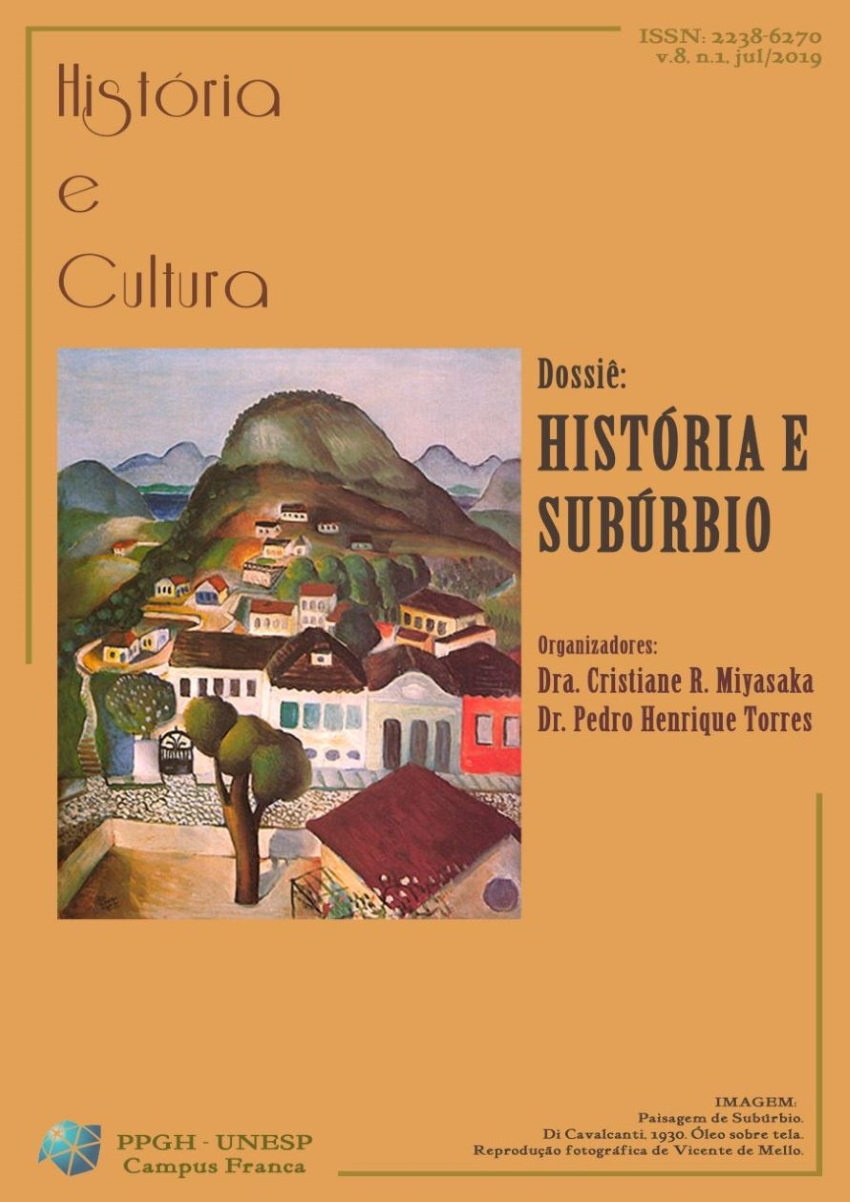PRESENÇA IMEMORIAL EM NOSTALGIA DA LUZ (2010) * IMMEMORIAL PRESENCE IN NOSTALGIA FOR THE LIGHT (2010)
DOI:
https://doi.org/10.18223/hiscult.v8i1.2883Resumo
Reflexão sobre o longa-metragem Nostalgia da Luz (2010), de Patricio Guzmán como um filme-ensaio performático que põe em jogo para o espectador uma experiência sobre o papel da memória na imensidão da subjetividade humana, ao mesmo tempo em que produz verdade histórica sobre fatos que revela. Assim, busca-se detalhar a escrita cinematográfica de Guzmán, observando como ele pluraliza sua abordagem da memória e dá vazão a uma narrativa do trauma que foi a passagem do Governo Allende para o golpe sucedido pela ditadura militar de Pinochet (1973 – 1990) para a sociedade chilena. Analisando-o como um cinema testemunho que produz mais do que um documento fundamental à história humana, reinventa o valor subjetivo e criativo do documentário, propondo uma interlocução entre passados e presente e dando as coordenadas de sua montagem e poder de remontagem ao convocar o espectador-montador para reconstrução do presente e da história além do filme.
*
Reflection about the film Nostalgia for the Light (2010), by Patricio Guzmán, approaching it as a performative essay-film that invites the viewer to experience the role of memory in the vastness of human subjectivity, as it produces historical truth over the facts it reveals. Therefore, Guzmán’s cinematographic writing is put to analysis by observing how he amplifies his approach of memory as he sets the scene to the ambiguous trauma that was the coup that took place in Chile, deposing president Salvador Allende and giving way to Pinochet’s military dictatorship (1973-1990), and its consequences for all Chilean society. Considering it as a testimony that produces more than a fundamental document to the human history, the film reinvents the subjective and creative value of the documentary, suggesting a direct dialogue between the multiple pasts and the present and giving the coordinates of his own assembling process and to the possibility of reassembling it as he calls the so-called viewer-assembler to the reconstruction of both present and the history that goes beyond the film.
Downloads
Publicado
Edição
Seção
Licença
Os(as) autores(as) são os detentores dos direitos autorais dos artigos encaminhados à Revista História e Cultura e fica autorizado ao periódico a publicação do referido manuscrito. O trabalho permanece licenciado sob a Licença Creative Commons Attribution CC BY 4.0, a qual permite o compartilhamento do material desde que a autoria seja devidamente atribuída e referenciada.

